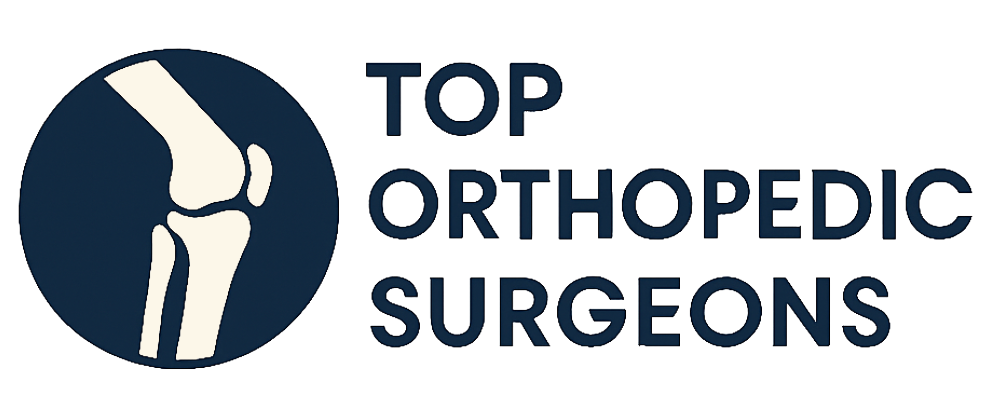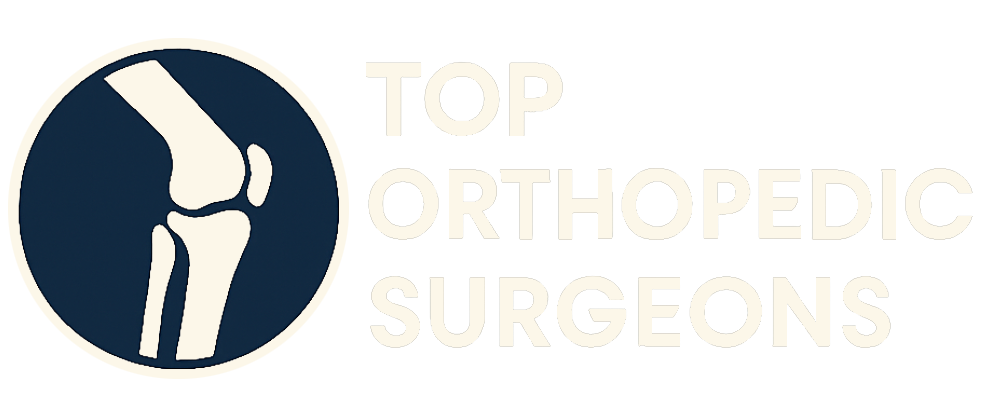Dogs, our loyal and energetic companions, enrich our lives in countless ways. From playful puppies to seasoned seniors, we cherish their presence and strive to ensure their well-being. Just like humans, dogs can experience orthopedic issues that impact their mobility, comfort, and overall quality of life. This guide provides a comprehensive overview of common orthopedic problems in dogs, available treatments, and how to provide supportive care to keep your furry friend happy and active.
Understanding Canine Orthopedic Health
Orthopedic health in dogs refers to the proper functioning of their musculoskeletal system, including bones, joints, muscles, ligaments, and tendons. Because dogs are so active, they are at a higher risk of musculoskeletal injuries and orthopedic issues. Problems can arise from a variety of factors, including genetics, developmental abnormalities, injuries, and age-related degeneration. Recognizing the signs of orthopedic problems early can help you seek timely veterinary care and potentially prevent further complications.
Common Signs of Orthopedic Problems in Dogs
Identifying orthopedic problems in dogs requires careful observation of their behavior and physical condition. Some common signs that may indicate an underlying orthopedic issue include:
- Limping: A noticeable change in gait, favoring one leg over another.
- Stiffness: Difficulty getting up after resting, or reluctance to move.
- Decreased activity level: A noticeable decrease in playfulness or willingness to go for walks.
- Pain or discomfort: Whining, yelping, or showing signs of agitation when touched in a specific area.
- Swelling: Visible swelling or inflammation around a joint.
- Changes in posture: An unusual stance or posture, such as hunching or shifting weight.
- Muscle atrophy: Loss of muscle mass, particularly in the affected limb.
- Clicking or popping sounds: Audible noises coming from a joint during movement.
If you observe any of these signs in your dog, it’s crucial to consult with a veterinarian or an orthopedic specialist for a thorough examination and accurate diagnosis.
Common Orthopedic Conditions in Dogs
Several orthopedic conditions commonly affect dogs, each with its own set of causes, symptoms, and treatment options. Understanding these conditions can help you be more proactive in your dog’s care.
Hip Dysplasia
Hip dysplasia is a genetic condition characterized by the abnormal development of the hip joint. The ball and socket joint doesn’t fit together properly, leading to instability, pain, and eventual arthritis. Larger breeds, such as German Shepherds, Labrador Retrievers, and Rottweilers, are more predisposed to this condition. Symptoms may include:
- Limping in the hind legs
- Bunny hopping gait
- Difficulty rising or jumping
- Pain in the hip joint
Treatment options range from conservative management, such as weight management, exercise restriction, and pain medication, to surgical interventions, such as total hip replacement or femoral head ostectomy (FHO).
Elbow Dysplasia
Similar to hip dysplasia, elbow dysplasia refers to abnormal development of the elbow joint. It often involves multiple developmental abnormalities. It can cause pain, lameness, and arthritis. Common breeds affected include Labrador Retrievers, Golden Retrievers, and Bernese Mountain Dogs. Signs of elbow dysplasia may include:
- Limping in the front legs
- Stiffness in the elbow joint
- Pain upon palpation of the elbow
- Reduced range of motion in the elbow
Treatment options may include arthroscopic surgery to remove bone fragments or cartilage flaps, medical management with pain relievers and joint supplements, or surgical correction of the underlying abnormality.
Cruciate Ligament Rupture
A cranial cruciate ligament (CCL) rupture, equivalent to an ACL tear in humans, is one of the most common orthopedic injuries in dogs. The CCL stabilizes the stifle (knee) joint, and rupture can result from acute trauma or chronic degeneration. Larger, active breeds are more prone to this injury. Symptoms of a CCL rupture may include:
- Sudden onset of lameness in the hind leg
- Pain and swelling in the knee joint
- Instability of the knee joint (positive cranial drawer sign)
- Reluctance to bear weight on the affected leg
Surgical stabilization is often recommended to restore function and prevent further damage. Common surgical procedures include tibial plateau leveling osteotomy (TPLO), tibial tuberosity advancement (TTA), and lateral suture stabilization.
Patellar Luxation
Patellar luxation occurs when the patella (kneecap) dislocates from its normal position in the trochlear groove. It can be congenital (present at birth) or acquired due to trauma. Smaller breeds, such as Toy Poodles, Chihuahuas, and Pomeranians, are more commonly affected. The symptoms may vary depending on the severity of the luxation:
- Intermittent lameness
- Skipping or hopping gait
- Inability to extend the leg
- Pain and swelling in the knee joint
Treatment options range from conservative management with weight control and exercise modification to surgical correction, which may involve deepening the trochlear groove, tightening the surrounding ligaments, or realigning the patellar tendon.
Osteoarthritis (Degenerative Joint Disease)
Osteoarthritis, or degenerative joint disease, is a chronic condition characterized by the progressive deterioration of joint cartilage. It can result from various factors, including aging, genetics, obesity, and previous joint injuries. Osteoarthritis can affect any joint in the body, causing pain, stiffness, and reduced range of motion. Common signs of osteoarthritis include:
- Stiffness, especially after rest
- Limping that worsens with activity
- Decreased range of motion in affected joints
- Pain upon palpation of the joints
- Reluctance to jump or climb stairs
While there is no cure for osteoarthritis, several treatments can help manage pain and improve quality of life. These include weight management, exercise modification, pain medications, joint supplements (such as glucosamine and chondroitin), and physical therapy.
Diagnosis of Orthopedic Problems in Dogs
Accurate diagnosis is essential for effective treatment of orthopedic problems in dogs. A veterinarian will typically begin with a thorough physical examination, including palpation of the joints, assessment of range of motion, and observation of gait. They will also gather information about the dog’s medical history, lifestyle, and any recent injuries.
Diagnostic imaging techniques are often used to confirm the diagnosis and assess the severity of the condition. These may include:
- Radiography (X-rays): To visualize bones and joints, detect fractures, dislocations, and signs of arthritis.
- Computed Tomography (CT scan): Provides cross-sectional images of the bones and soft tissues.
- Magnetic Resonance Imaging (MRI): Offers detailed images of soft tissues, such as ligaments, tendons, and cartilage.
- Arthroscopy: A minimally invasive procedure that involves inserting a small camera into the joint to visualize the interior and perform surgical repairs.
In some cases, additional tests, such as blood work or joint fluid analysis, may be necessary to rule out other underlying conditions.
Treatment Options for Canine Orthopedic Issues
Treatment approaches for canine orthopedic problems vary depending on the specific condition, its severity, and the dog’s overall health and age. Treatment options generally fall into two categories: conservative management and surgical intervention.
Conservative Management
Conservative management focuses on alleviating pain, reducing inflammation, and improving joint function without surgery. It is often the first line of treatment for mild to moderate orthopedic problems. Conservative management strategies may include:
- Weight management: Maintaining a healthy weight is crucial for reducing stress on joints and minimizing pain.
- Exercise modification: Avoiding high-impact activities and opting for low-impact exercises, such as swimming or walking on soft surfaces.
- Pain medications: Nonsteroidal anti-inflammatory drugs (NSAIDs) can help reduce pain and inflammation.
- Joint supplements: Glucosamine, chondroitin, and omega-3 fatty acids can help support cartilage health and reduce inflammation.
- Physical therapy: Exercises and therapies to improve strength, range of motion, and proprioception (awareness of body position).
- Acupuncture: May help reduce pain and inflammation by stimulating the release of endorphins.
- Laser therapy: Can help reduce pain and inflammation by stimulating cellular healing.
Surgical Intervention
Surgical intervention may be necessary for more severe orthopedic problems, such as fractures, dislocations, ligament ruptures, and advanced cases of hip or elbow dysplasia. Surgical procedures aim to restore joint stability, correct anatomical abnormalities, and alleviate pain. Common surgical procedures include:
- Fracture repair: Stabilizing broken bones with implants such as plates, screws, or pins.
- Joint replacement: Replacing a damaged joint with an artificial joint (e.g., total hip replacement).
- Arthroscopic surgery: Performing minimally invasive surgery within a joint to repair cartilage, remove bone fragments, or release adhesions.
- Ligament repair: Repairing or reconstructing torn ligaments, such as the cruciate ligament.
- Osteotomy: Cutting and reshaping bone to correct anatomical abnormalities, such as in TPLO or TTA procedures for CCL rupture.
The decision to pursue surgical intervention should be made in consultation with a qualified orthopedic veterinarian, considering the dog’s overall health, age, and the specific characteristics of the orthopedic problem.
Rehabilitation and Supportive Care
Regardless of whether conservative management or surgical intervention is chosen, rehabilitation and supportive care are essential for optimizing recovery and improving long-term outcomes. Rehabilitation programs may include:
- Physical therapy: Exercises to improve strength, range of motion, and proprioception.
- Hydrotherapy: Swimming or underwater treadmill exercises to provide low-impact cardiovascular conditioning.
- Massage therapy: To relieve muscle tension and improve circulation.
- Pain management: Administering pain medications as prescribed by the veterinarian.
- Home modifications: Providing ramps, steps, or supportive bedding to make it easier for the dog to move around.
Supportive care also includes maintaining a healthy weight, providing a balanced diet, and avoiding activities that could exacerbate the orthopedic problem.
Preventative Measures
While some orthopedic problems are unavoidable due to genetics or unforeseen injuries, there are several preventative measures you can take to minimize your dog’s risk of developing orthopedic issues:
- Responsible breeding: Choosing reputable breeders who screen their dogs for genetic orthopedic conditions.
- Proper nutrition: Feeding a balanced diet formulated for your dog’s age, breed, and activity level.
- Weight management: Preventing obesity, which puts excessive stress on joints.
- Regular exercise: Providing appropriate exercise to maintain muscle strength and joint flexibility.
- Warm-up and cool-down: Before and after strenuous activities, to reduce the risk of injury.
- Avoiding excessive jumping: Especially during puppyhood when bones and joints are still developing.
- Providing a safe environment: Minimizing the risk of falls or other injuries.
The Importance of Early Detection and Intervention
Early detection and intervention are crucial for managing orthopedic problems in dogs effectively. The sooner an orthopedic problem is diagnosed and treated, the better the chances of a successful outcome and improved quality of life for your canine companion. Regular veterinary checkups, combined with careful observation of your dog’s behavior and physical condition, can help identify potential problems early on.
Finding the Right Orthopedic Specialist
If your dog requires specialized orthopedic care, it’s important to find a qualified orthopedic veterinarian with experience in treating canine orthopedic problems. Look for a veterinarian who is board-certified by the American College of Veterinary Surgeons (ACVS) or has advanced training in orthopedic surgery. Ask for referrals from your primary veterinarian or other pet owners. It’s vital to find a specialist who communicates clearly, answers all your questions, and involves you in the decision-making process.
Understanding canine orthopedic health is essential for providing the best possible care for your furry friend. By recognizing the signs of orthopedic problems, seeking timely veterinary attention, and implementing appropriate treatment and preventative measures, you can help keep your dog happy, active, and enjoying a high quality of life. Remember, proactive care and a strong partnership with your veterinarian are key to maintaining your dog’s orthopedic well-being throughout their life.


